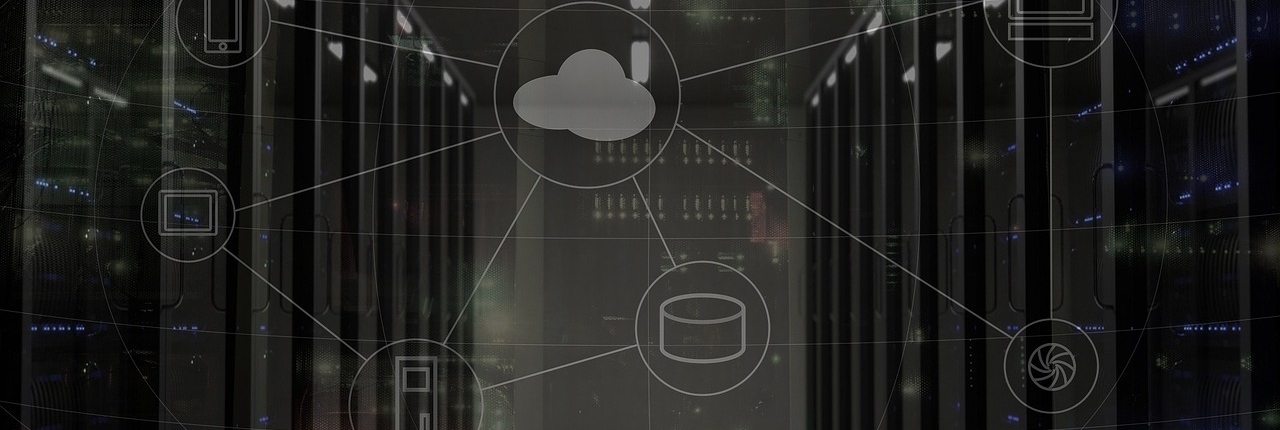Maximizing Uptime, Minimizing Downtime:
The Role of High Availability in Business Success
In today’s fast-paced business environment, downtime can be extremely costly. Every minute of system unavailability can lead to lost revenue, decreased productivity, and even damage to a company’s reputation. That’s why High Availability (HA) is crucial to ensuring business continuity.
HA refers to a system or infrastructure’s ability to maintain operation and performance even when individual components or nodes fail. In other words, an HA system is designed to minimize downtime and ensure that critical business functions continue to operate, even in the event of hardware, software, or network failures.
Here are three requirements that are necessary to ensure HA:
- Redundancy: An HA system should have redundant components, such as redundant power supplies, network cards, or servers. This ensures that if one component fails, another one can take over, maintaining system uptime.
- Load balancing: An HA system should use load balancing to distribute traffic evenly across multiple servers or components. This ensures that no one component is overloaded, which can cause downtime.
- Fault tolerance: An HA system should be designed with fault tolerance in mind. This means that the system should be able to detect and recover from failures automatically, without requiring manual intervention.
Now, let’s take a look at some of the business benefits of high availability:
- Increased productivity: When critical systems are always available, employees can continue working without interruption. This helps to maintain productivity and ensures that business processes can continue as usual.
- Improved customer satisfaction: HA systems help to ensure that customers can always access the products or services they need. This helps to improve customer satisfaction and can lead to increased loyalty and repeat business.
- Reduced downtime: HA systems are designed to minimize downtime, which can be extremely costly to businesses. By reducing downtime, companies can save money and reduce the risk of reputational damage.
In summary, high availability is critical to ensuring business continuity in today’s fast-paced business environment. By ensuring redundancy, load balancing, and fault tolerance, businesses can minimize downtime and maintain critical systems’ uptime. The benefits of high availability include increased productivity, improved customer satisfaction, and reduced downtime, all of which can help businesses to succeed in today’s competitive landscape.
Investing in high availability is essential for businesses that want to maintain their competitive edge in today’s fast-paced, always-on world. By ensuring that critical systems are always available, businesses can reduce downtime, improve productivity, and enhance customer satisfaction. If you haven’t already, it’s time to start thinking about how you can implement high availability in your own organization. Whether you’re a small business or a large enterprise, there are solutions available that can help you achieve the uptime you need to succeed. Contact us today to learn more about how high availability can benefit your business and how we can help you implement an HA system that meets your specific needs.







